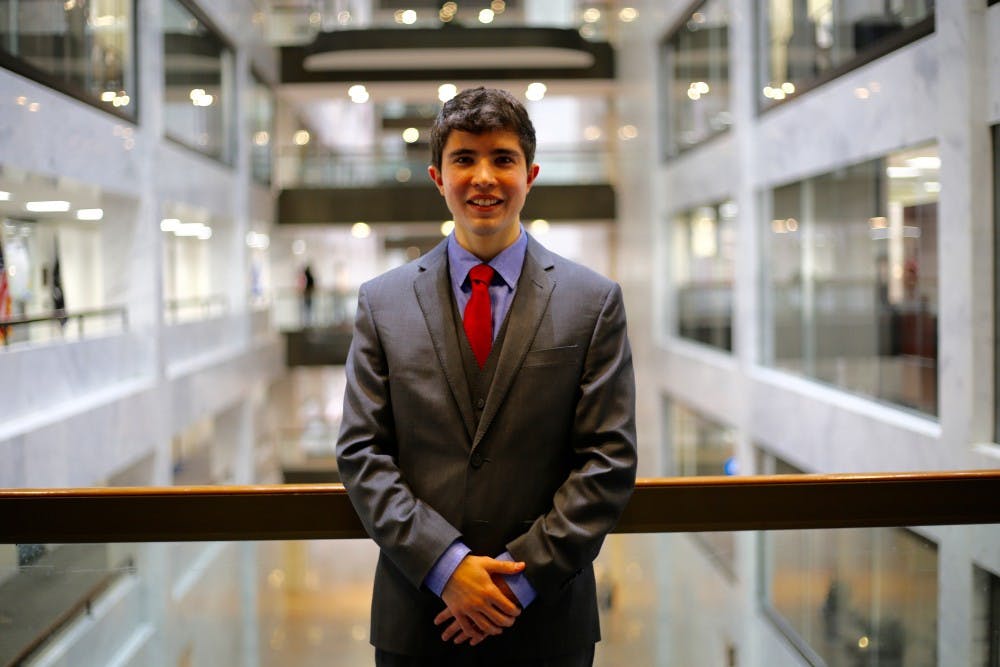Generally, the argument for a higher minimum wage bases itself upon the conceptualized moral high ground that businesses are exploitative and must be coerced in order to pay a fair wage to their employees. At the argument’s core, minimum wage advocates intend to foster higher wages especially for minority communities and the poor. Unfortunately for these previously stated groups, the contrary is true. I do not doubt any of the compassionate intentions of those in support of raising the minimum wage. Rather, I disagree with the claim that this policy will actually help those it intends to.
Unskilled workers’ greatest advantage in a free market is that they can offer their labor for less than that of higher skilled workers. With a high minimum wage, their largest bargaining chip is often stripped away from them. Higher skilled workers have more market appeal due to the specific skills they are able to bring to an employer. Lower skilled workers can level the playing field if they are able to offer their services at a lower cost. Increasing the minimum wage takes away this leverage.
Emotional appeals, often without concrete evidence, are typically used to attract voters to this harmful policy. The most common perpetrators may use the argument that a higher minimum wage is vital to the the poor adults working full time to raise a family. Empathetically, this may incline one towards the notion that a higher minimum wage must end this oppressive flaw in society. Factually, only 4.7 percent of Americans fit such a description. Most Americans receiving minimum wage are young workers, part-time workers or workers from nonpoor families.
Regardless, even for those 4.7 percent of workers that fit the description, it is still within their long term best interest to oppose increasing the minimum wage. A comprehensive study by David Neumark and William Wascher finds that there are few, if any, studies in existence that provide convincing evidence of minimum wages causing positive employment effects. Secondly, it finds that studies focused on the least-skilled individuals provide sufficient evidence of strong disemployment effects. These points are proven from the very inception of minimum wage laws in the United States. The law that first established a federal minimum wage in the United States, the Fair Labor Standards Act of 1938, resulted in an estimated 30,000 to 50,000 low-wage earners to lose their jobs according to the Department of Labor, and these numbers are extremely underestimated.
An even more compelling example is found in the case of Puerto Rico. After the United States passed the FLSA in 1938, the hourly wage of 25 cents an hour led an estimated 120,000 Puerto Ricans to lose their jobs and to an unemployment rate under threat of reaching 50 percent. The effects were so disastrous and undeniably widespread in Puerto Rico’s economy that Congress was obliged to amend its wage provision. Regrettably, the legislation caused ubiquitous damage to Puerto Rico’s industries. For example, the needlework industry, which employed over 40,000 workers in 1935 and in 1937 was valued at $20 million, resulted in a stagnated industry with needle-trade exports valued at barely $5 million just three years later.
As for minorities, minimum wage laws are arguably more pernicious. It is a well established fact that modern black unemployment, especially black youth unemployment, is drastically higher than corresponding white unemployment. This begs the question: When did this trend begin?
Prior to modern minimum wage laws, in the early 1900s, 71 percent of blacks over the age of nine were employed compared to 51 percent of whites. Since the implementation of the first federal minimum wage law, the Davis-Bacon Act of 1931 -- an act with racist motivation against black people -- the overall black unemployment rate has been higher than the white unemployment rate. In 1948, the black-white unemployment gap between 16 and 17-year-olds was practically nonexistent. Today, largely due to increases in the minimum wage, black males have twice the unemployment rate as white males. To argue that racism is the cause for these gaps, one must defend the claim that the United States is a more racist society today than it was in the early 20th century, which is an absurd contention.
Those in support of increasing the minimum wage often claim to support the needy and position themselves to be the bastion of hope for minorities. As I have briefly mentioned, I do not dispute these altruistic motives; however, virtuous motives mean absolutely nothing when such intentions lead to real catastrophe for millions of people.
Austin Cirillo is a sophomore in the School of Public Affairs. He is an outside contributor. The opinions expressed by the author are theirs alone, and do not necessarily reflect the views of The Eagle and its staff.




